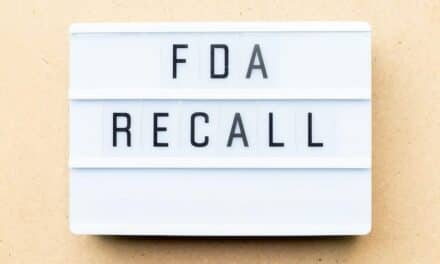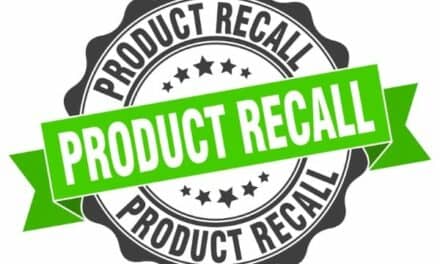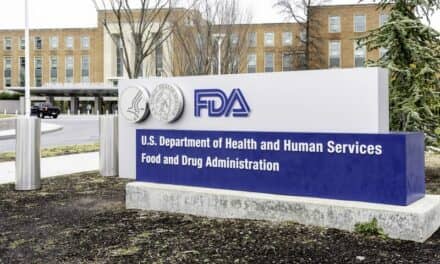During the COVID-19 pandemic, the U.S. FDA is working around the clock to make sure that Americans have access to safe medical products, FDA Commissioner Stephen Hahn said in a statement. The agency is continuously examining the global supply chain to identify any concerns and assess the availability of the products Americans need most, he added.
“We are also partnering with the Federal Emergency Management Agency (FEMA) on supply chain issues, including importation of needed medical products to support the U.S. response,” Hahn said. Here is a status update and details on some of the latest actions the FDA have taken:
Medical Devices
“As a doctor, the situation with personal protective equipment (PPE) is very concerning,” according to Hahn. “We are taking every possible action we can, but we know the situation is dire for many healthcare facilities. We want to share that the FDA, along with the private sector, FEMA, and all of the U.S. government, are working around the clock to address this issue as quickly as possible.”
Further, the FDA is aware of shortages of respirators and has issued Emergency Use Authorizations (EUA) covering certain respirators to enable them to be used in healthcare settings. Via the EUA and the shortages mailbox, the team has directed stakeholders to CDC’s strategies for optimizing respirator supply and recommendations on the use of expired respirators.
“Most recently, the FDA issued an EUA to help increase the supply of filtering face piece respirators by authorizing the use of certain imported disposable respirators that are not National Institute for Occupational Safety and Health-approved for use by healthcare professionals,” Hahn said. “We are continuing to work on strategies to increase the availability of these devices.”
The FDA is also working on mitigation strategies for other types of personal protective equipment including surgical masks, gowns, and gloves. “We have issued information to healthcare providers and have provided recommended conservation strategies for these important PPE,” Hahn added.
Moreover, Hahn said the agency is working with textile manufacturers, including clothing designers, “about how we can repurpose their manufacturing product lines to put them to use to make masks. These masks can be used for surgical or other isolation procedures, as the benefits of using them outweigh the risks under current circumstances.”
Hahn revealed that the FDA is also open to importing PPE and other devices and has provided instructions to manufacturers to help it implement this necessity appropriately. “The agency is taking steps to facilitate importation of PPE into the U.S. and we are ready and available to engage with importers to minimize disruptions during the importing process,” Hahn said. This means that when products come in from overseas, their authorization via the FDA’s EUA authority allows them to quickly enter the country. “These products aren’t hindered from entry and we’ve already determined, among other criteria, that the known and potential benefits of these products being used in healthcare settings outweigh the known and potential risks,” he added.
The FDA has reached out to more than 1,000 device manufacturing sites worldwide, focusing on essential devices. The outreach thus far has focused on two main types of essential devices: those that are in high demand due to the pandemic outbreak, such as PPE and ventilators, and devices that may be prone to potential shortage if there is a supply disruption.
“We further recognize the need for ventilators, ventilator accessories, and other respiratory devices may outpace the supply available to healthcare facilities,” Hahn said. “We have issued an immediately in effect guidance outlining a policy intended to help increase availability of ventilators and their accessories as well as other respiratory devices.”
In addition to the guidance, the FDA has issued an EUA that authorizes the emergency use of ventilators, anesthesia gas machines modified for use as ventilators, and positive pressure breathing devices modified for use as ventilators, ventilator tubing connectors, and ventilator accessories, that FDA determines meet the specified criteria for safety, performance and labeling. “We anticipate this action will increase the number of patients who can have access to ventilators or similar machines for respiratory distress, which is important for critically ill COVID-19 patients,” Hahn said.
As with prior emergencies, the FDA has taken steps to establish and remain in contact with medical device manufacturers and others in the supply chain, including hospitals and group purchasing organizations. The agency also encourages manufacturers and healthcare facilities to report any supply disruptions to the device shortages mailbox, [email protected]. This mailbox is closely monitored and has proven to be a valuable surveillance resource to augment FDA efforts to detect and mitigate potential supply chain disruption.





